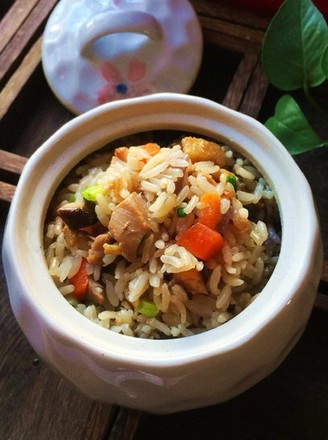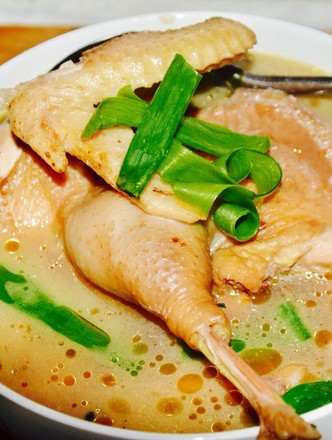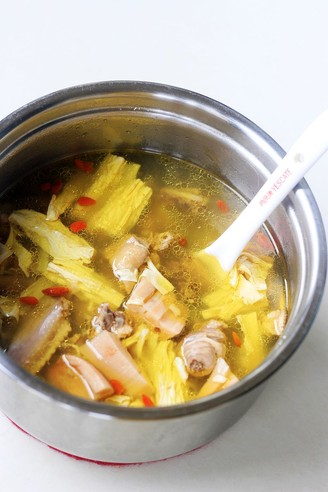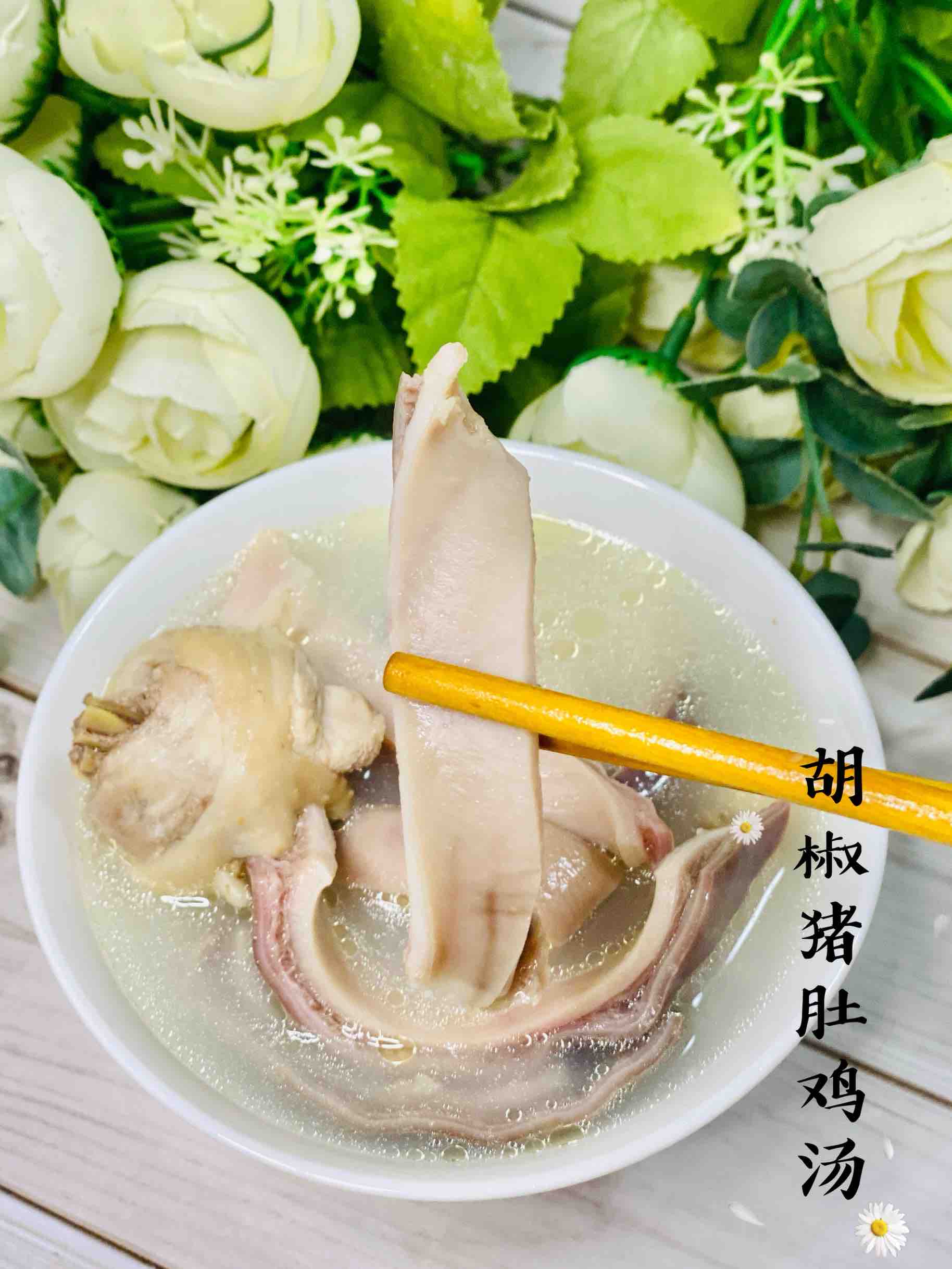[fried Shajiang Chicken] A Traditional Appetizer that The Older Generations Love to Drive Away The Cold
by Tao Ran
Favorite
Difficulty
Normal
Time
20m
Serving
2
Stir-fried Sand Ginger Chicken
Sha ginger has a strong aroma and slightly wine aroma
The chicken is fresh and tender, and the color is very attractive!
The most important thing is that this is a good dish with a lot of therapeutic effects!
The older generations like this dish very much!
Therefore, this dish will not appear in too high-end restaurants in Guangdong, but it is usually available in some food stalls, traditional Cantonese restaurants, farmhouses, and suburban specialties. The way it appears is more in the form of "sha ginger chewing chicken pot". When it is on the table, it is the sound of "chewing". When the lid is lifted, the aroma is strong, which can make people's appetites great!
A few days ago, I found someone on the side of the road carrying sand ginger to sell, so I decisively asked for a pound! One pound, can eat for a while, haha!
There is no open flame at home, so it is relatively difficult to make a "pot" dish, but I also like to eat this dish very much, because it is of cold constitution, so my mother will often cook this dish for me in winter!
About Sha Jiang
Sha Jiang is also called Shannai. Shannai is a perennial herb, not cold resistant, and its rhizome is used for medicinal purposes. Shannai's nature and taste are like ginger, so it is commonly called sand ginger. Native to Africa and tropical Asia. It is distributed from southern to southwestern my country, such as Guangdong, Guangdong, Taiwan, Fujian and Yunnan, and is mostly cultivated. Happy to be born in the hillside, under the forest, in the grass.
At the end of autumn and early winter, when the stems and leaves on the ground are yellow, dig out the rhizomes that have grown for 1 to 3 years, wash away the soil, remove the fibrous roots, cut them into slices, smoke them with sulfur for a day, and then dry them in the sun. The part used is the rhizome of Zingiber officinale.
Nutritional analysis: The rhizome of kaempferi contains volatile oil, the main components of which are Borneol, Ethyl cinnamate, and Camphene. The rhizome still contains Kaempferol and Kaempferide. It has the function of dispelling cold, removing dampness and removing filth.
Relevant population: It can be eaten by the general population, and those with yin deficiency and blood deficiency and stomach depression are not allowed.
Cooking purpose: Mainly used as seasoning, such as preparing marinade, or as ingredient of "five spice".
Therapeutic effect: sand ginger is pungent in taste, warm in nature, enters the stomach meridian; has the effects of warming the middle and dispelling cold, appetizing and eliminating food, regulating qi and relieving pain; suitable for people with cold stomach, abdominal pain, bowel diarrhea, natual not fragrant, not thinking about diet, Or for people who stop eating. "Compendium of Materia Medica": "Warm, eliminate miasma, treat cold pain in the heart, cold and damp cholera.", "Compendium of Materia Medica": "Cure all symptoms of cold without stopping food."
Remarks:
1. Put it in clothing to prevent insects and stupidity;
2. It is not advisable to take too much ginger at a time, so as not to absorb a large amount of gingerol, which will stimulate the kidneys during the process of excretion through the kidneys, and cause dry mouth, sore throat, and constipation.
3. Do not eat rotten ginger and frozen ginger, because ginger will produce carcinogens when it deteriorates. Because ginger is warm and has the effect of relieving the surface, it can only be used as a diet therapy in the case of cold. "
Sha ginger has a strong aroma and slightly wine aroma
The chicken is fresh and tender, and the color is very attractive!
The most important thing is that this is a good dish with a lot of therapeutic effects!
The older generations like this dish very much!
Therefore, this dish will not appear in too high-end restaurants in Guangdong, but it is usually available in some food stalls, traditional Cantonese restaurants, farmhouses, and suburban specialties. The way it appears is more in the form of "sha ginger chewing chicken pot". When it is on the table, it is the sound of "chewing". When the lid is lifted, the aroma is strong, which can make people's appetites great!
A few days ago, I found someone on the side of the road carrying sand ginger to sell, so I decisively asked for a pound! One pound, can eat for a while, haha!
There is no open flame at home, so it is relatively difficult to make a "pot" dish, but I also like to eat this dish very much, because it is of cold constitution, so my mother will often cook this dish for me in winter!
About Sha Jiang
Sha Jiang is also called Shannai. Shannai is a perennial herb, not cold resistant, and its rhizome is used for medicinal purposes. Shannai's nature and taste are like ginger, so it is commonly called sand ginger. Native to Africa and tropical Asia. It is distributed from southern to southwestern my country, such as Guangdong, Guangdong, Taiwan, Fujian and Yunnan, and is mostly cultivated. Happy to be born in the hillside, under the forest, in the grass.
At the end of autumn and early winter, when the stems and leaves on the ground are yellow, dig out the rhizomes that have grown for 1 to 3 years, wash away the soil, remove the fibrous roots, cut them into slices, smoke them with sulfur for a day, and then dry them in the sun. The part used is the rhizome of Zingiber officinale.
Nutritional analysis: The rhizome of kaempferi contains volatile oil, the main components of which are Borneol, Ethyl cinnamate, and Camphene. The rhizome still contains Kaempferol and Kaempferide. It has the function of dispelling cold, removing dampness and removing filth.
Relevant population: It can be eaten by the general population, and those with yin deficiency and blood deficiency and stomach depression are not allowed.
Cooking purpose: Mainly used as seasoning, such as preparing marinade, or as ingredient of "five spice".
Therapeutic effect: sand ginger is pungent in taste, warm in nature, enters the stomach meridian; has the effects of warming the middle and dispelling cold, appetizing and eliminating food, regulating qi and relieving pain; suitable for people with cold stomach, abdominal pain, bowel diarrhea, natual not fragrant, not thinking about diet, Or for people who stop eating. "Compendium of Materia Medica": "Warm, eliminate miasma, treat cold pain in the heart, cold and damp cholera.", "Compendium of Materia Medica": "Cure all symptoms of cold without stopping food."
Remarks:
1. Put it in clothing to prevent insects and stupidity;
2. It is not advisable to take too much ginger at a time, so as not to absorb a large amount of gingerol, which will stimulate the kidneys during the process of excretion through the kidneys, and cause dry mouth, sore throat, and constipation.
3. Do not eat rotten ginger and frozen ginger, because ginger will produce carcinogens when it deteriorates. Because ginger is warm and has the effect of relieving the surface, it can only be used as a diet therapy in the case of cold. "

![[fried Shajiang Chicken] A Traditional Appetizer that The Older Generations Love to Drive Away The Cold [fried Shajiang Chicken] A Traditional Appetizer that The Older Generations Love to Drive Away The Cold](https://img.simplechinesefood.com/6f/6f36680772a2f0b8f60fc5ea350672cf.jpg)
![[fried Shajiang Chicken] A Traditional Appetizer that The Older Generations Love to Drive Away The Cold recipe [fried Shajiang Chicken] A Traditional Appetizer that The Older Generations Love to Drive Away The Cold recipe](https://img.simplechinesefood.com/c1/c189db5175ebdee1bf9473bcddb8e109.jpg)
![[fried Shajiang Chicken] A Traditional Appetizer that The Older Generations Love to Drive Away The Cold recipe [fried Shajiang Chicken] A Traditional Appetizer that The Older Generations Love to Drive Away The Cold recipe](https://img.simplechinesefood.com/4e/4ea87692acbf2f7465d2ed2da996a34e.jpg)
![[fried Shajiang Chicken] A Traditional Appetizer that The Older Generations Love to Drive Away The Cold recipe [fried Shajiang Chicken] A Traditional Appetizer that The Older Generations Love to Drive Away The Cold recipe](https://img.simplechinesefood.com/a8/a8086d8da0a60d396b2e587e7baafe11.jpg)
![[fried Shajiang Chicken] A Traditional Appetizer that The Older Generations Love to Drive Away The Cold recipe [fried Shajiang Chicken] A Traditional Appetizer that The Older Generations Love to Drive Away The Cold recipe](https://img.simplechinesefood.com/92/92f2658710ee1a0bd5633d1cc20ecbba.jpg)
![[fried Shajiang Chicken] A Traditional Appetizer that The Older Generations Love to Drive Away The Cold recipe [fried Shajiang Chicken] A Traditional Appetizer that The Older Generations Love to Drive Away The Cold recipe](https://img.simplechinesefood.com/55/55e4b76e8987ffaf843166c14d6b800d.jpg)
![[fried Shajiang Chicken] A Traditional Appetizer that The Older Generations Love to Drive Away The Cold recipe [fried Shajiang Chicken] A Traditional Appetizer that The Older Generations Love to Drive Away The Cold recipe](https://img.simplechinesefood.com/41/41528a2179017c7bc70d02b675406dff.jpg)






![New Year Dishes [ham and Bamboo Fungus Stewed Chicken] recipe](https://img.simplechinesefood.com/58/588c3aa8a04dac3ef7e6684a0a722b47.jpg)
